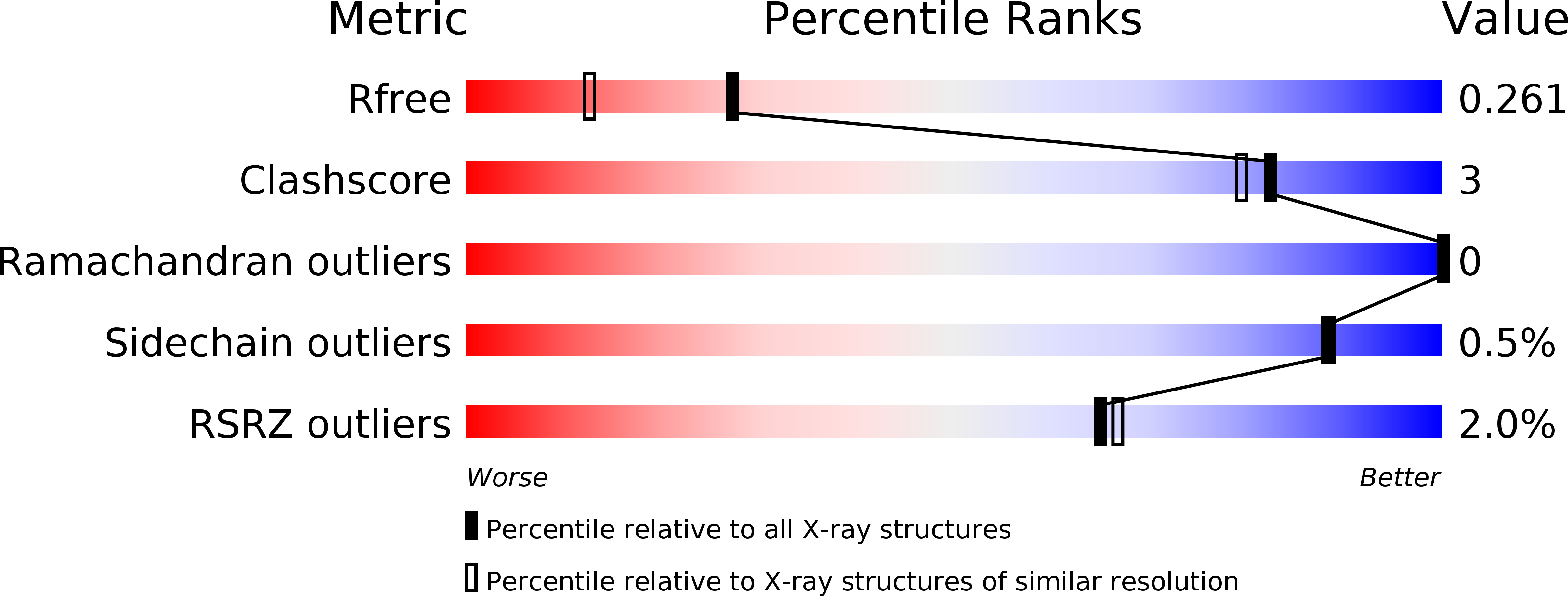
Deposition Date
2013-02-07
Release Date
2014-02-26
Last Version Date
2023-12-20
Entry Detail
PDB ID:
3ZMC
Keywords:
Title:
Native structure of Farnesyl Pyrophosphate Synthase from Pseudomonas aeruginosa PA01, with bound substrate molecule Geranyl pyrophosphate.
Biological Source:
Source Organism:
PSEUDOMONAS AERUGINOSA PAO1 (Taxon ID: 208964)
Host Organism:
Method Details:
Experimental Method:
Resolution:
1.87 Å
R-Value Free:
0.25
R-Value Work:
0.20
R-Value Observed:
0.20
Space Group:
C 2 2 21


